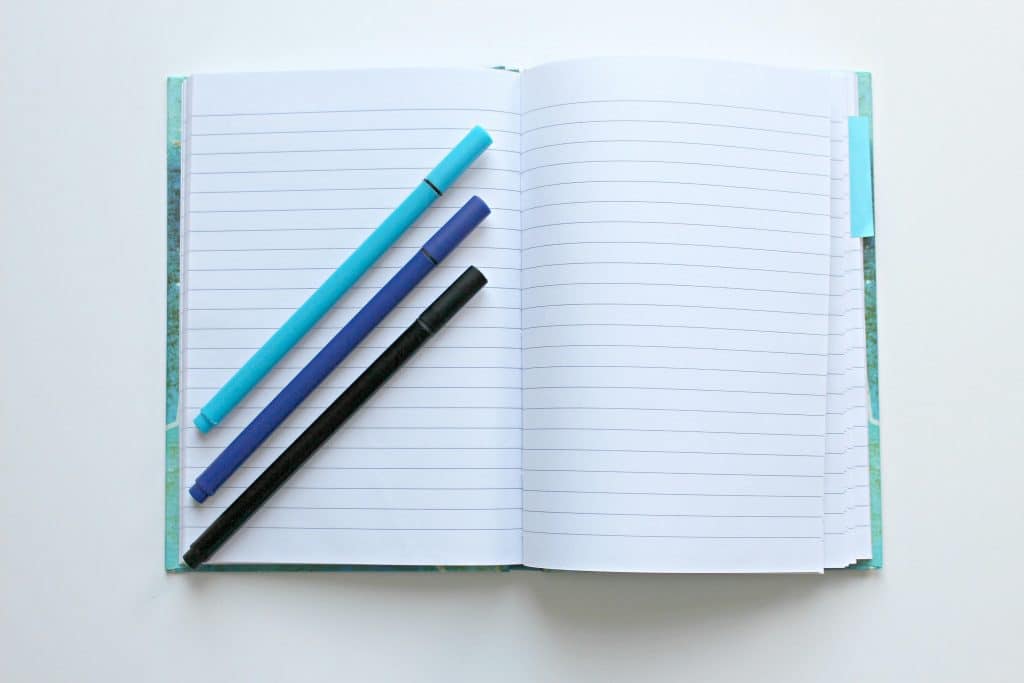In a digital age obsessed with efficiency and speed, analog note-taking—pen on paper—is quietly making a comeback. Not just among artists and writers, but with executives, students, and therapists. What’s interesting isn’t just what people are writing down—but why. Beneath the return to notebooks lies a deeper trend: the growing recognition that analog notes encourage emotional insight.
This shift isn’t about nostalgia or being anti-tech. It’s about reintroducing a layer of reflection, connection, and honesty that often gets flattened in the swipe-and-type world. When people write by hand, they engage more of their brain, express more of their emotions, and reveal things they didn’t know they were feeling.
The result? A more complete view of the self—one that digital tools often obscure.

Why Analog Notes Go Deeper Than Digital Logs
Digital tools offer convenience, searchability, and speed. But they often come with cognitive overhead: formatting, syncing, and the constant temptation to revise or delete. Analog notes are slower, messier—and exactly for that reason, more honest.
Emotional honesty through physical friction
The act of writing by hand slows thought. This “desirable friction,” as researchers call it, allows unconscious emotions to surface before they’re edited or filtered. A 2021 study in Frontiers in Psychology found that handwriting—especially expressive or journal-style writing—activates regions of the brain linked to memory, sensory-motor control, and emotion regulation more than typing does (source).
Less editing = more revealing
Unlike digital notes, which invite constant tweaking, analog entries often remain raw. That permanence encourages vulnerability. You write it once, and it stays—uncensored, unfiltered, and often unexpectedly deep. This permanence gives emotional insight more room to emerge.
The Rise of Therapeutic Journaling Tools
Over the past three years, there’s been a surge in paper-based mental health tools—from guided therapy notebooks to mood journals. These aren’t productivity planners. They’re intentionally slow, analog-first tools designed to help people feel more, not do more.
Examples of this trend:
- The Anti-Planner by Dani Donovan focuses on ADHD and emotional cycles, using paper to help users map feelings alongside tasks.
- Therapy Notebooks, a brand that raised significant funding in 2024, offers CBT-informed notebooks for managing anxiety, grief, and self-discovery.
- Mind Journal and Promptly Journals are also gaining traction among men, a demographic often underserved by traditional emotional tools.
These tools leverage what therapists already know: writing by hand lowers emotional defenses. It slows the thinking process enough for deeper patterns to surface—especially ones people didn’t realize they were repeating.
Why Emotional Insight Is a Cognitive Advantage
Understanding your emotional patterns isn’t just therapeutic—it’s strategic. In a 2023 white paper published by the American Psychological Association, researchers found that emotional insight improves problem-solving, reduces decision fatigue, and increases cognitive flexibility.
Analog notes are increasingly being seen not as relics of the past, but as tools for future-proofing your mind. They help:
- Detect subtle emotional triggers that go unnoticed in fast-paced digital planning.
- Track emotional cycles over time (e.g., moods across weeks or during specific projects).
- Distinguish between fleeting distraction and persistent discomfort.
In short, analog notes provide not just what you think, but why you think it.
What Happens in the Brain When You Write by Hand
Neuroscientists have long known that handwriting activates the reticular activating system (RAS), which helps the brain focus attention on what’s being written. More recently, studies have shown that writing by hand stimulates neural networks that overlap with those used in emotional processing and autobiographical memory.
This isn’t abstract. Writing “I’m anxious about tomorrow” with your hand engages more emotion-related neural circuits than typing the same sentence. Over time, this kind of embodied emotional processing builds insight that can’t be replicated with a keyboard.
How to Use Analog Notes to Access Emotional Insight
If you want to use analog tools to deepen your emotional understanding, you don’t need to overhaul your system. You just need to make room for a few deliberate practices.
1. Use emotional labels at the end of each entry
After journaling your thoughts, add a quick “What am I actually feeling?” list. Include not just one emotion but a range (e.g., curious, anxious, ashamed, excited). The goal is nuance, not clarity.
2. Track emotional patterns over time
Use symbols or margins to mark recurring emotional themes (e.g., draw a dot next to every entry where you feel resistance). After a few weeks, you’ll start seeing patterns.
3. Write slowly—deliberately—not for volume
Avoid “stream of consciousness” dumping if it makes you rush. Instead, write fewer words with more intention. Slowness allows for micro-reactions—physical sensations, pauses, hesitation—that often point to buried insights.
4. Don’t digitize immediately
There’s value in keeping your analog entries analog. If you convert them to searchable notes right away, you risk losing the emotional texture that makes them valuable in the first place.
5. Introduce intentional gaps
Write the same question a few days apart—like “What am I avoiding?” or “What would I do if I didn’t care about outcomes?” Watch how the answers evolve. Analog notes make this kind of reflection easier to spot.
Analog Notes in Work, Not Just Therapy
The idea that analog notes encourage emotional insight isn’t limited to journaling. In leadership and innovation circles, handwritten reflection is also being used to improve team dynamics and decision-making.
Case Study: CEOs Using Paper for Clarity
Leaders like Twitter’s Jack Dorsey and Shopify’s Tobi Lütke have spoken about their use of handwritten notebooks not just for planning, but for emotional processing during tough calls. Handwriting helps them sit with uncertainty instead of masking it with busyness.
Team Debriefs With Analog Tools
Some teams are experimenting with “paper-only” reflection sessions post-project, where each member writes down how they felt during different phases—frustrated, rushed, overlooked—before any discussion begins. The insights are richer, less performative, and often more revealing than group chats or feedback forms.
Conclusion
This isn’t about replacing digital systems. It’s about adding something they can’t offer: unfiltered emotional signal. Analog notes don’t just help you remember facts—they help you remember how you felt about them. And in a time when emotional numbness is a growing side effect of high-speed information, this ability is becoming essential.
What’s emerging is not a retro fad, but a new layer of thinking that complements our digital habits. Analog notes encourage emotional insight, and in doing so, they help us work, decide, and relate from a place of depth—not just reactivity.
References
- Mangen, A., & Velay, J. L. (2021). Handwriting versus keyboard writing: Effect on word recall. Frontiers in Psychology. http://www.frontiersin.org/articles/10.3389/fpsyg.2021.579173/full
- American Psychological Association (2023). Emotional insight and executive function: Why self-awareness improves cognitive outcomes. https://www.apa.org/news/press/releases/stress/2023/report
- Therapy Notebooks. (2024). Science-backed guided notebooks for mental health. https://www.therapynotebooks.com/
- Karimpoor, M., et al. (2021). Neural correlates of handwriting and typing. Procedia – Social and Behavioral Sciences. https://www.sciencedirect.com/science/article/pii/S1877042821005385









